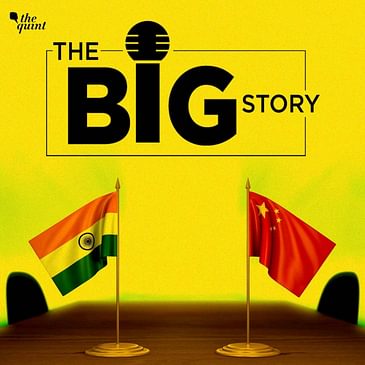On 11 October, after India-China met at the Moldo border for the talks, both blamed each other for the failure to conclude the disputed Hot Springs area and exchanged sharp words in their statements.
The Indian Army squarely blamed China in their statement, which said that “the Chinese side was not agreeable and also could not provide any forward-looking proposals”. In response, China criticised India, saying that “instead of misjudging the situation, the Indian side should cherish the hard-won situation in China-India border areas.”
Ahead of the 13th round of talks, Indian and Chinese PLA forces had also been facing off at the tense border, with the latter intruding the LAC as recently as 28 September in the Tawang sector in Arunachal Pradesh with reportedly over 150 troops.
But with the talks now reaching a stalemate over the Hot Springs area and both sides refusing to disengage troops, where do India-China border talks stand? Should we expect a more militarised LAC in the coming winter months? And what should India’s strategy be now to counter China’s growing assertiveness in the region?
Host and Producer: Himmat Shaligram Guest: Srikanth Kondapalli, Professor in Chinese studies at Jawaharlal Nehru University
Editor: Shelly Walia
Music: Big Bang Fuzz
Listen to The Big Story podcast on:
Apple: https://apple.co/2AYdLIl Saavn: http://bit.ly/2oix78C Google Podcasts: http://bit.ly/2ntMV7S Spotify: https://spoti.fi/2IyLAUQ Deezer: http://bit.ly/2Vrf5Ng Castbox: http://bit.ly/2VqZ9ur


